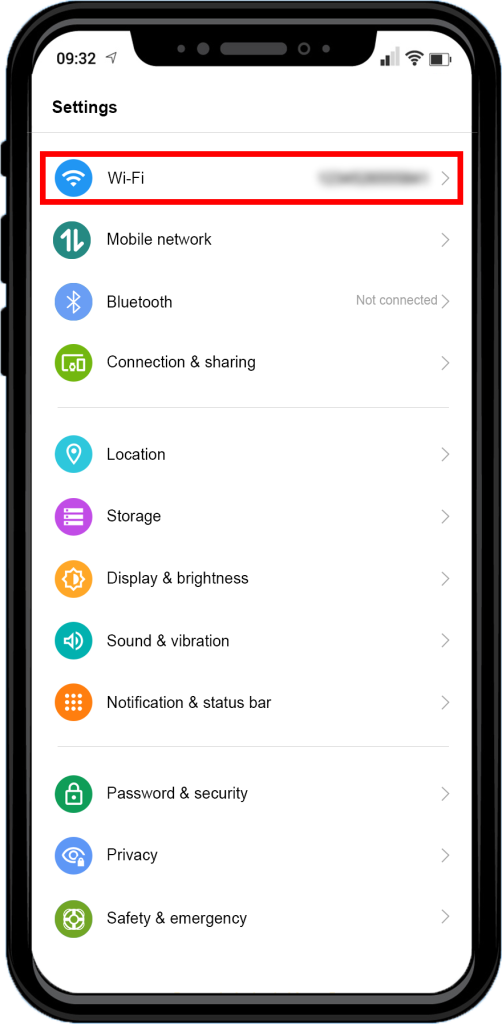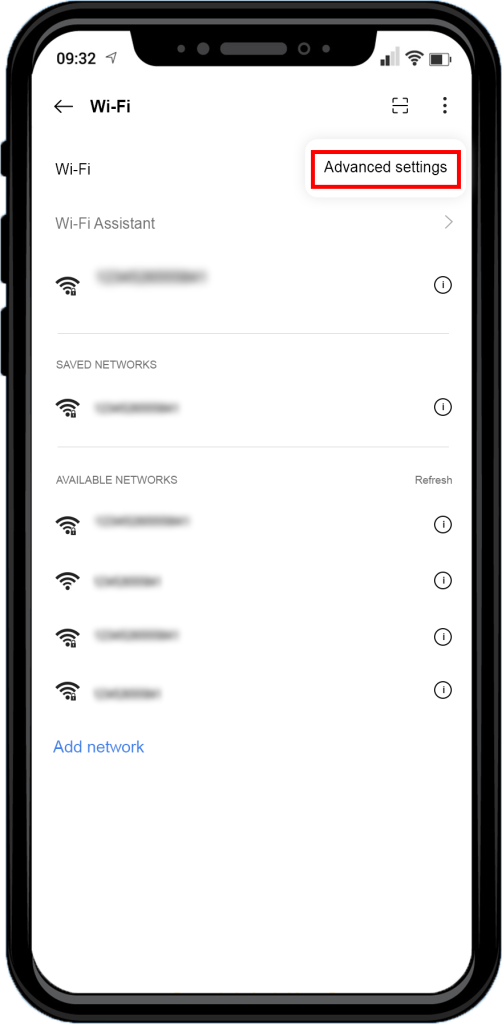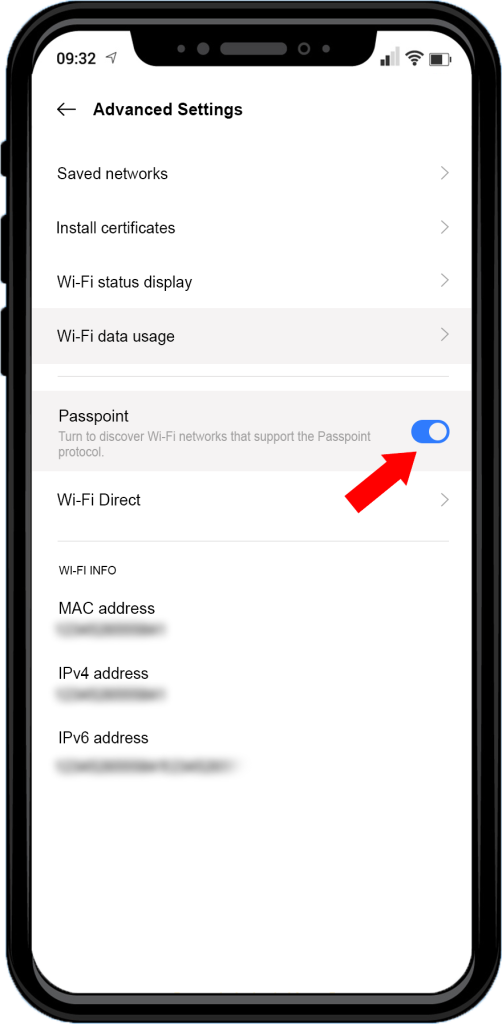For individuals who possess an Android mobile device, the significance of Wi-Fi connectivity to their gadget is widely recognized. In addition to cost savings, utilizing this method yields faster data transmission rates compared to cellular data. Nonetheless, it can be a source of annoyance when one is frequently compelled to swap between diverse Wi-Fi networks while traveling. It is noteworthy that Passpoint can enhance one’s Wi-Fi experience.
The implementation of OpenRoaming/Passpoint Wi-Fi technologies on Android devices has simplified the process of maintaining connectivity. The Passpoint standard facilitates a distinct and heightened level of security for establishing connectivity with Wi-Fi hotspots. The configuration of Passpoint Wi-Fi on an Android device can result in enhanced Wi-Fi speeds, improved security, and increased connection stability.
The objective of this article is to analyze the Passpoint concept and its potential practical implementations. A succinct summary of the steps involved in setting up Passpoint/OpenRoaming on Android devices for uninterrupted connectivity across various locations will also be furnished.
What Is Passpoint Android Wi-Fi?
Passpoint is a standardized method of Wi-Fi authentication that facilitates secure and uninterrupted Wi-Fi connectivity. The Passpoint for Android feature facilitates automatic connection of Android-operated devices to Passpoint Wi-Fi networks, eliminating the need for users to manually enter login credentials. The aforementioned technology employs a blend of SIM-based authentication and public key infrastructure (PKI) to verify the authenticity of users and devices, thereby establishing a secure linkage with Wi-Fi networks. The utilization of the SIM card in mobile devices for network authentication renders it more secure than conventional Wi-Fi networks.
To ascertain whether your Android device supports Passpoint, follow the subsequent guidelines with screenshots:
Step 1: Go to your device’s Settings app and tap on Wi-Fi as shown.

Step 2: On the upper right-hand corner of the screen, tap on Advanced Settings.

Step 3: Look for the option “Passpoint” or “Hotspot 2.0” and make sure it’s turned on.

Step 4: Your device should automatically connect to Passpoint-enabled Wi-Fi networks without a password.
It should be noted that Passpoint is not universally supported by all Wi-Fi networks. Therefore, it may still be necessary to manually enter passwords for certain networks. Moreover, certain telecommunication service providers may necessitate a particular cellular subscription in order to utilize Passpoint.
How to Find a Passpoint Network in Your Area?
There are several methods you can use to find a Passpoint network in your area on your device:
- Check with your internet/Wi-Fi service provider (ISP): Passpoint networks are offered by numerous ISPs to their users. It is recommended to inquire with the appropriate authorities about the availability of this service. Here is an example, Boingo is a Passpoint provider/service and this is their page: https://support.boingo.com/s/article/How-do-I-get-the-Boingo-Passpoint-Profile
- Utilize the Passpoint Wi-Fi locator: The Wi-Fi Broadband Alliance provides a Passpoint locator for locating Passpoint Wi-Fi. To access this utility, you must however establish an account. After entering your current geographical coordinates, the system will promptly display a list of Passpoint networks in close proximity.
- Use your Android device’s Wi-Fi settings: Some Android devices can search for Passpoint networks. To do this, open your Wi-Fi settings and look for an option called “Passpoint” or “EAP-SIM.” Turn this option on, and your device will search for nearby Passpoint networks.
- Use a third-party app: Several apps can help you find Passpoint networks. Simply search for “Passpoint” in your play store to find options.
Acquiring the Credentials for Passpoint Wireless Networks
It only takes a few easy clicks and taps on your Android device to get the password and username for a Passpoint Wi-Fi network.
- First, ensure that your Android smartphone is connected to the Passpoint wireless network.
- If yes, select the Passpoint network under Wi-Fi settings, then click “Forget” to erase any credentials.
- Then, reconnect to the same Passpoint network for which you’d forgotten the credentials and wait for the sign-in prompt.
- Select “Get Online/Connect” to access login screen.
- The Username and password are often listed there for accessing the Passpoint credentials. If you require assistance logging into the Wi-Fi network, you should contact your service provider.
- Once you’ve received the credentials, it’s a good idea to save them in your device’s settings so you can quickly reconnect to the network in the future.
- To keep your information safe, you should always use strong passwords and guard your login credentials.
How to Setup Passpoint on Android: A Comprehensive Guide
Connecting to a Passpoint Wi-Fi network with Android is easy but requires a few steps. Follow the below guide to get connected:
- Ensure your device has Android version 10 or later installed. Older Android versions may not support Passpoint.
- Verify that Passpoint has been activated on your device, if not, activate it using the instructions given above.
- Once “Passpoint” has been activated. Go to Settings > Network & Internet > Wi-Fi > Wi-Fi preferences > Passpoint.
- Enable Wi-Fi on your device.
- Look for a Passpoint network in your area. These networks are typically labeled with the Passpoint logo.
- Tap on the Passpoint network to connect.
- You’ll be prompted to enter your Passpoint credentials. Input the credentials you sign-in to Passpoint with.
- Once you’ve entered your credentials, tap Connect.
- Your device will automatically connect to the Passpoint network whenever it’s in range.
How to Enter Your Passpoint Credentials and Authenticate the Connection
We learned how to check if your mobile phone supports Passpoint, how to connect to it, and how to search for Passpoint networks. Next, we’ll tell you how to authenticate the Passpoint connection through your credentials. Let’s dive in.
1. Check for compatibility with Passpoint. All devices may not support Passpoint, so check with your manufacturer or network carrier to check if your device is compatible.
2. Locate a Passpoint network. Passpoint networks are usually labeled with a Passpoint logo, so look for that when searching for Wi-Fi networks.
3. Select the Passpoint network you want to connect to. Your device will prompt you to enter your Passpoint credentials.
4. Enter your Passpoint credentials. These will typically include a username and password or a security certificate.
5. Click “Connect” or “Authenticate.” Your device will verify your credentials and authenticate the connection.
6. Enjoy your secure Wi-Fi connection! Once authenticated, you should be able to use the Wi-Fi network as usual.
Common Issues That May Arise When Connecting to Passpoint Networks and How to Fix Them
Passpoint networks, also known as Hotspot 2.0, are intended to streamline connecting to Wi-Fi networks by implementing a standardized process for authentication and connection. However, several issues can arise when connecting to these networks, such as:
Authentication Errors
Passpoint networks require users to authenticate themselves, which can occasionally fail due to incorrect passwords, server issues, or other problems. To solve this issue, double-check your authentication credentials or contact the network provider if the issue persists.
Network Connectivity Issues
Passpoint networks require you to be physically close to the Wi-Fi access point to connect. You must be close enough to the access point or physically reach the location to connect to the network.
Configuration Errors
Errors in configuring Passpoint network settings can prevent users from connecting to the network. Check your network settings or contact the network provider to resolve any issues.
Compatibility Issues
One issue that can occur is that some devices may need to support the Passpoint protocol, making it impossible to connect to these networks. The solution is to ensure that your device is Passpoint-compatible or upgrade to a compatible one.
Network Congestion
In the event of a high volume of users on the Passpoint network, the available bandwidth may be reduced, potentially resulting in connectivity issues. Try connecting during off-peak hours or consider upgrading to a higher-speed plan.
Configure Intuitive and Secure Passpoint Wi-Fi With SecureW2
When a device connects to an SSID, it opens the door to potential credential theft over the air. SecureW2 has been on the cutting edge of creating certificate-based Wi-Fi for Passpoint and non-Passpoint devices to combat this issue. Users can easily self-service their devices for certificate-based Wi-Fi with SecureW2’s top-rated onboarding software, removing the potential for over-the-air credential theft and enabling secure configuration for hotspots like Passpoint.
Passpoint is a revolutionary technology that simplifies and enhances the establishment of secure Wi-Fi network connections for mobile devices. Passpoint simplifies Wi-Fi network access by removing the need to enter authentication credentials repeatedly. This feature enhances the user experience and significantly mitigates security vulnerabilities.
For several years, SecureW2 has been building secure WPA2-Enterprise networks. Our organization is at the forefront of the industry in embracing emerging technologies such as Passpoint R3 and 5G. To that end, why delay any longer? Contact us to know how our team can assist you with setting up your network for Passpoint and improving the Wi-Fi capabilities at your company.
